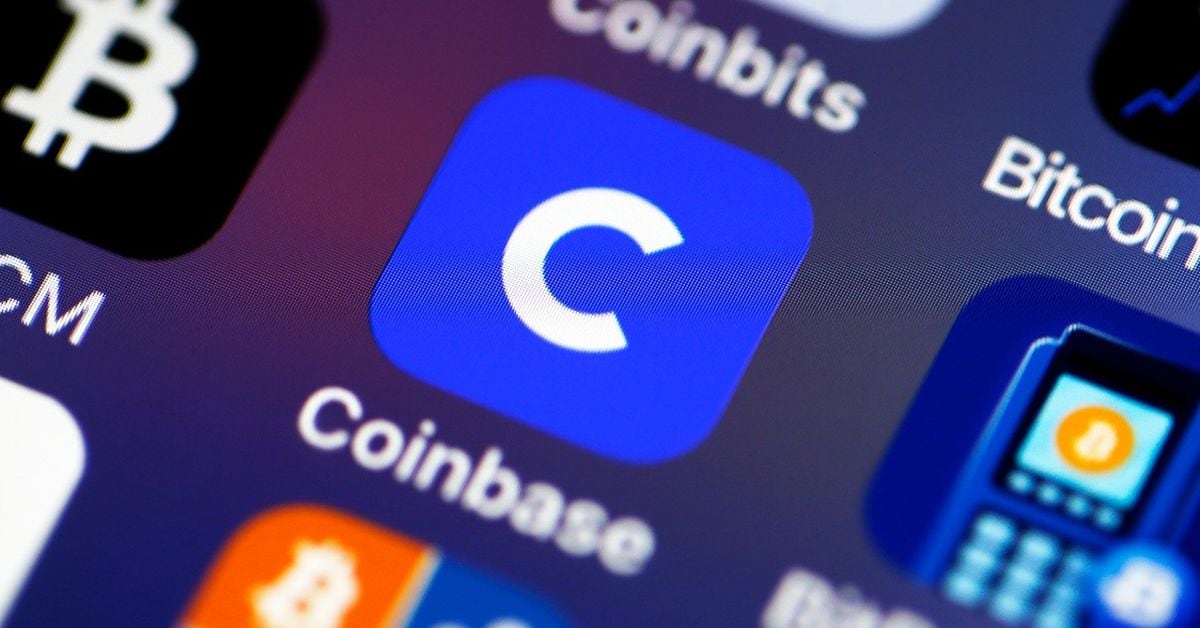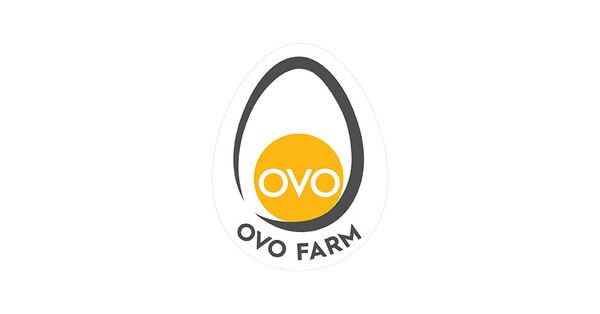The world of crypto: ICO to DAO to POS, a quick guide to some key crypto terms

It’s no mystery that the world of cryptocurrency can be intimidating for anyone new to it. With so many unfamiliar terms floating around, it’s easy to feel like you need an insider to understand what’s going on. Fortunately, we’ve got you covered. If you’re reading this, chances are you’ve already heard of Bitcoin (and maybe Ethereum too). But beyond these two, there is a whole world of other digital currencies – called altcoins or tokens – that are now available to online investors. And while newbies may find the terminology as confusing as trying to speak Elvish, there’s no reason why you shouldn’t dive in and learn about the “world of crypto” – whether it’s investing or mining or just knowing how it all the phenomenon works.
Today we will explain common terms and phrases related to the topic of cryptoassets and blockchain technology.
ICOs and airdrops
Initial Coin Offering (ICO) is a way for startups to start their crypto business by issuing crypto tokens to the public. EOS (Electro-Optical System), which has become one of the most popular blockchain protocols, began life as a project with a massive ICO (Initial Coin Offering), which raised a whopping $4 billion. ICOs are used by blockchain startups to fund the creation and launch of their product. They do this by selling their own digital tokens to investors who want to make money in the future. Investors are usually rewarded with higher returns if the token’s value rises as more people use it.
Airdrop: A free distribution of tokens by a company to promote their business or to start up their token economy by distributing tokens to existing crypto users.
R&D and FOMO
The crypto market is often a site for emotions of all kinds: greed, hope, confusion and doubt. Whether you are an investor or a trader, it is important to identify these emotions and try to keep them in check. FUD means fear, uncertainty and doubt. It refers to spreading false information to create doubt in the minds of investors, causing them to sell their tokens which in turn pushes the price of the token in question. This is one of the most common ways scammers can profit from crypto.
FOMO is the fear of missing out. This refers to the “gotta catch them all” mentality that drives people to invest in every promising symbol they hear about.
Hodl and shilling
Both hodl and shilling are used as verbs in the crypto world. hodl is a misspelling of “hold” and is used to refer to keeping the investment despite falls and bumps. HODL was first used in a Bitcoin forum in 2013 where an investor said, “I AM HODLING.” Ever since then, it became the rallying cry of people who refused to give up their investment and ride out the storm. Shilling is paid marketing of a product or service, usually on social media. In crypto, shilling is usually done by scammers trying to drive up the price of a low-quality token by spreading fake news about the future.
DAO and NFT
A decentralized autonomous organization (DAO) is an organization that is run through a smart contract on the blockchain. The idea was to create a venture capital fund that would not be run by a central person, but by a code that would be open source, transparent and dependent on democratic voting. However, the first DAO turned out to be a disaster because it had a code bug that allowed someone to steal $50 million. NFTs are non-fungible tokens that are unique, such as tickets to a football match or a museum. They are used for rare items where you cannot make multiple copies, such as unique works of art. NFTs can be used for anything that has rarity.
POW and POS
A blockchain network is a ledger of all transactions ever made between network members through their computers. It is available to anyone using the network. To ensure that everyone follows the rules and that transactions are secure, computers on the network must agree on which transactions have taken place and arrange them in a chronological manner. This is called “mining”. Proof-of-work (PoW) is the most widely used consensus mechanism in the blockchain. The computers on the network compete to solve a mathematical puzzle. The first computer to solve the puzzle and confirm the transaction receives a reward in the form of tokens.
Proof-of-Stake (PoS): With this method, the network members must unlock their tokens to be entitled to verify transactions and receive a reward. The more tokens they lock, the more they can verify. This method removes the need for computers to solve complex mathematical puzzles to secure the network.
Altcoin
Altcoin literally means another coin. You may have heard people refer to Bitcoin as the “king” of cryptocurrencies. And it’s true: It was the first digital currency, and it’s still the most popular. But it’s hardly the only one – in fact, it’s far from it. In fact, since Bitcoin was first released in 2009, more than 3,500 other coins and tokens have been created. Many of these “altcoins” are based on alternative blockchain technology, one that is not based on the same powerful computer systems that Bitcoin uses.
Decentralized Apps (DApps)
A decentralized application runs on a network of computers that are not controlled by a single authority. It is a way of designing software that is not controlled by a single company or person. It has become possible thanks to the emergence of blockchain technology, which enables a system to run autonomously, without any central controlling source. The most prominent example is a cryptocurrency, which is operated through a blockchain-based network that is largely decentralized. There is no single controlling source that regulates the network, and it is open source.























